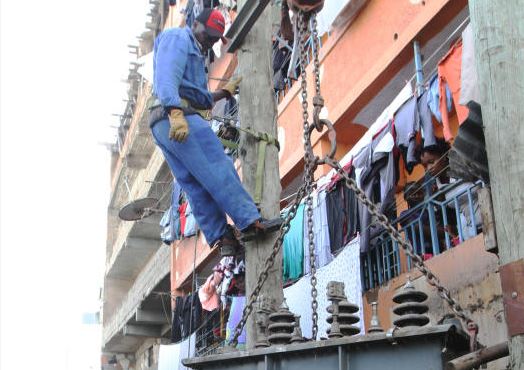×
The Standard e-Paper
Kenya’s Boldest Voice

Your electricity bill is set to go up to pay for the inefficiencies and theft in power generation and distribution.
Kenya Power was yesterday given more room to pass to consumers the costs it incurs because of the power sector’s old infrastructure as well as thieving employees and customers, which have resulted in rising system losses.